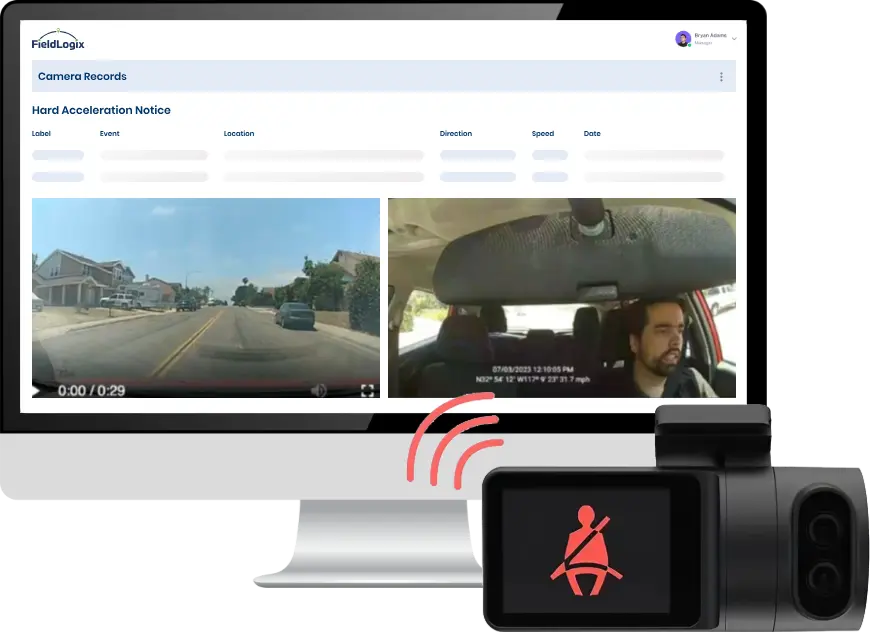A Fleet Tracking System Can Improve Your Bottom Line
Fleet tracking can seriously improve your company’s bottom line. According to the white paper Greenhouse Gas Management for Medium-Duty Truck Fleets, installing routing and vehicle fleet tracking system can significantly help achieve better fuel efficiency.
Companies using a GPS-based fleet tracking system experience lower gas consumption, equating to lower fuel costs, reduced maintenance costs, improved customer response time, lower emissions and reduced insurance costs, plus, increased employee productivity and efficiency.
Don’t just take our word for it, here is what Jason Mathers, project manager at the Environmental Defense Fund, recently told Contractor Magazine. “A GPS routing software is probably most useful for a truck that is out in the field and regularly calls in to find out about its next appointment. A dispatcher can send the trucks to the closest appointments. Also, drivers can use these to cut miles by navigating to their destination directly. A fleet tracking system can be used to track unnecessary idling, and also driving behaviors that increase fuel consumption (i.e. speeding). These can be helpful to any fleet. All are impacted by the human element in the driving equation.”














